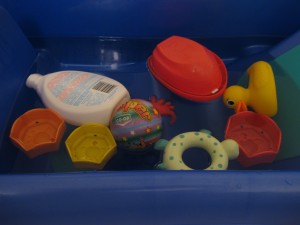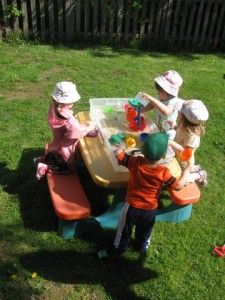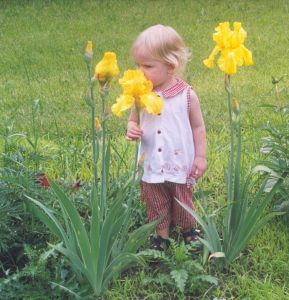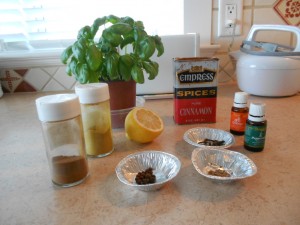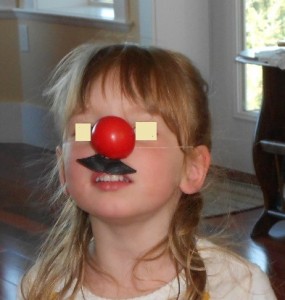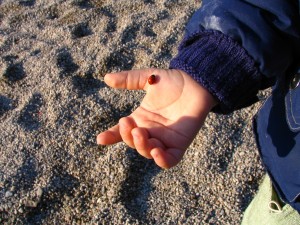 Gardening with kids is a natural way for kids to learn some basic science knowledge and develop kindergarten readiness and other skills, such as respect for all living creatures, even if they are creepy crawlies. Many school and daycare gardens have a “No-Squish” policy. In the words of Bradley Millar: Teaching a child not to step on a caterpillar is as valuable to the child as it is to the caterpillar.
Gardening with kids is a natural way for kids to learn some basic science knowledge and develop kindergarten readiness and other skills, such as respect for all living creatures, even if they are creepy crawlies. Many school and daycare gardens have a “No-Squish” policy. In the words of Bradley Millar: Teaching a child not to step on a caterpillar is as valuable to the child as it is to the caterpillar.
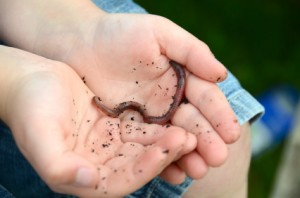 While bugs and worms are often not liked by grownups, children find them quite fascinating. In a garden, many of these creatures are beneficial. It’s helpful to explain to children that gardens need insects to help the flowers grow. Earthworms chew up bits of plant matter and then add that to the soil. The words earthworm castings are not near as fun to say as earthworm poo. Kids can go hunting for worms and any earthworms found in the yard, can be brought back to the garden. Of course, some bugs, such as slugs, do not help at all and can be taken away from the garden.
While bugs and worms are often not liked by grownups, children find them quite fascinating. In a garden, many of these creatures are beneficial. It’s helpful to explain to children that gardens need insects to help the flowers grow. Earthworms chew up bits of plant matter and then add that to the soil. The words earthworm castings are not near as fun to say as earthworm poo. Kids can go hunting for worms and any earthworms found in the yard, can be brought back to the garden. Of course, some bugs, such as slugs, do not help at all and can be taken away from the garden.
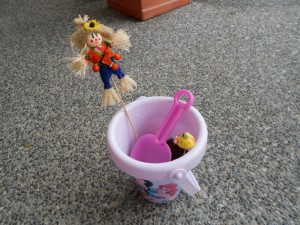 Just watching creepy crawlies is interesting. Kids are closer to the ground so this is easier for them. Are they all the same color? What kind of shapes are they? Do they all have the same size? How do they move? There’s lots to talk (or draw) about, new names of things of learn, and there will be lots of questions. Children also strengthen their concentration skills as they learn to turn on their attention and turn off distractions.
Just watching creepy crawlies is interesting. Kids are closer to the ground so this is easier for them. Are they all the same color? What kind of shapes are they? Do they all have the same size? How do they move? There’s lots to talk (or draw) about, new names of things of learn, and there will be lots of questions. Children also strengthen their concentration skills as they learn to turn on their attention and turn off distractions.
Creating a home for a bug or worm encourages caring skills as well as science ones. One advantage about bugs as pets, the costs are quite low and they certainly are quiet. Tending to the plants, and the creatures in the garden, encourage the development of a connection to nature. Would you agree, that’s big learning from something so small?

